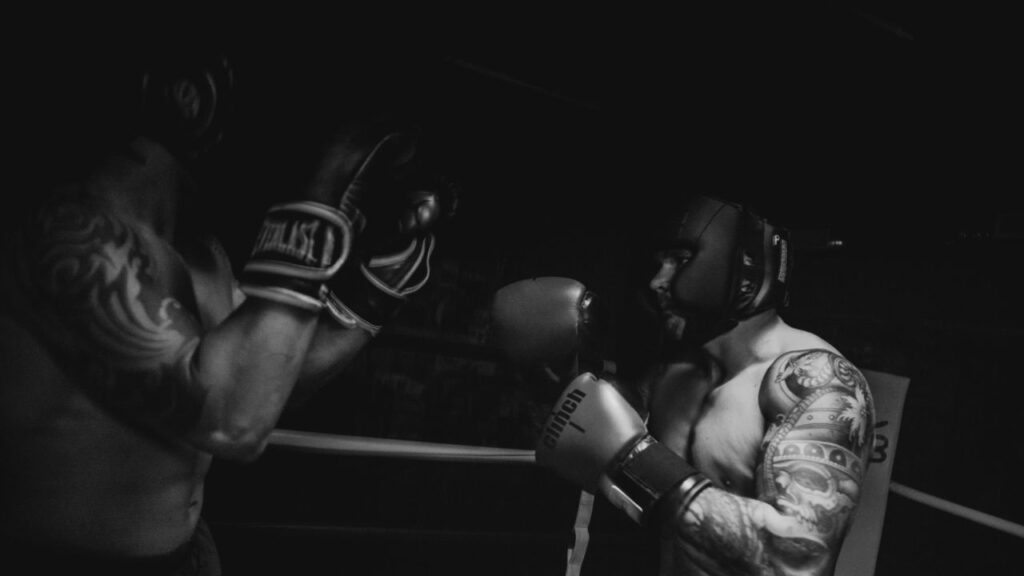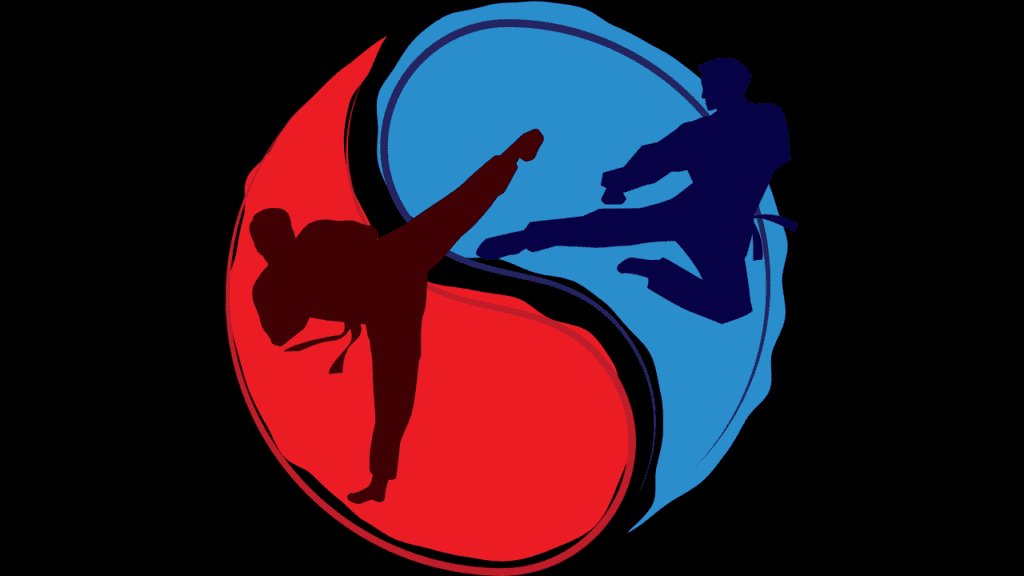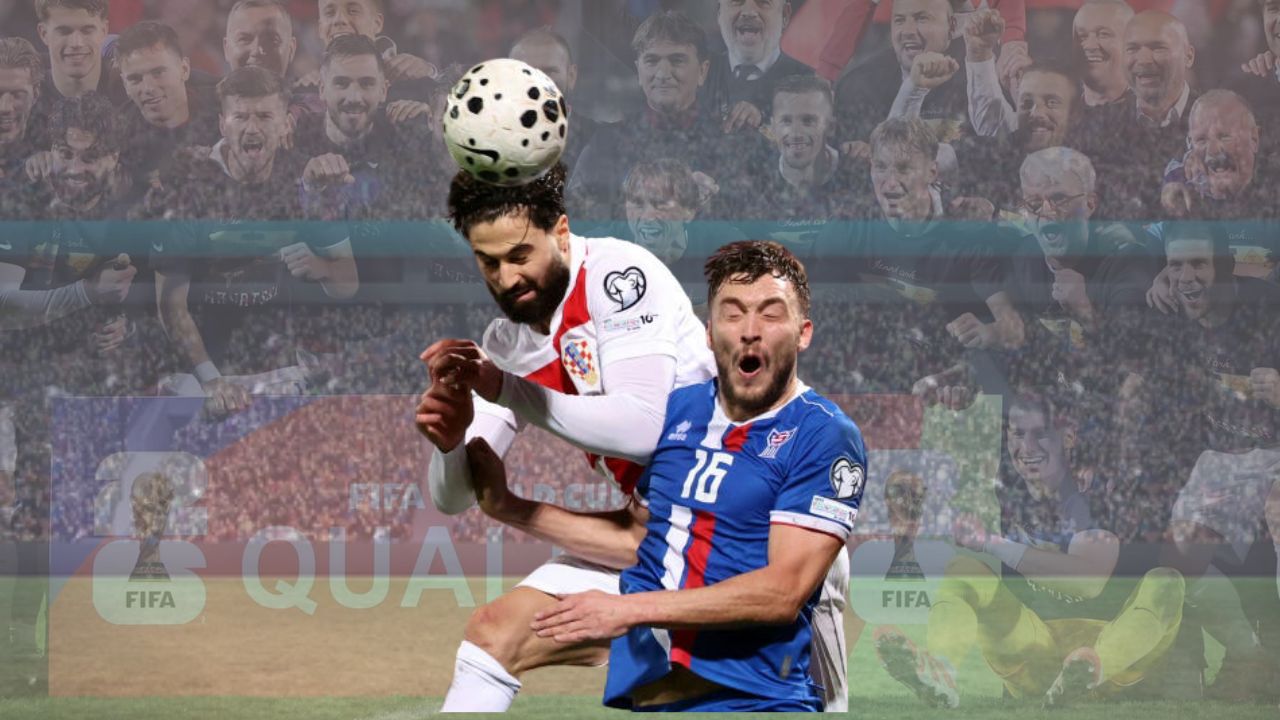Welcome to Unlocking the World of Combat Sports: Exploring the A to Z List!
In this comprehensive article, we delver into the fascinating charm of combat sports, explaining everything from MMA and the UFC to the best martial arts for street fighting. Whether you’re interested in practical self-defense techniques or the intricacies of combat submission wrestling, this A to Z exploration will provide valuable insights and highlight the diverse disciplines that shape the world of fighting.
Join us as we uncover the skills, strategies, and cultures behind these exciting sports!
Participants in combat sports engage in various forms of combat, such as striking, grappling, throwing, and submission techniques, with the goal of outscoring or defeating their opponents within the rules and regulations of the sport.
Key features of combat sports include:

Physical Combat: Combat sports involve direct physical engagement between participants. This can include striking with punches, kicks, elbows, and knees, as well as grappling, throwing, and submission techniques.
Rules and Regulations: Combat sports have specific rules and regulations that govern the actions and behavior of participants. These rules ensure the safety of the athletes and maintain fairness in competition.
Scoring and Winning: Combat sports can be scored based on various criteria, such as landing effective strikes, executing successful takedowns, and demonstrating control over an opponent. The objective is to accumulate points or achieve victory through techniques like pinning, submission, knockout, or decision.
Skill and Technique: Success in combat sports depends on mastering a wide range of techniques, strategies, and tactics. Athletes spend years honing their skills to perform at a high level.
Physical Fitness: Participants in combat sports need to maintain high levels of physical fitness, including strength, endurance, agility, and flexibility. Training often includes conditioning exercises specific to the demands of the sport.
Discipline and Respect: Combat sports emphasize discipline, respect for opponents, coaches, and officials, and adherence to the rules of fair play.
Variety of Styles: Combat sports encompass a diverse range of styles and techniques. Each style emphasizes different aspects of combat, such as striking (e.g., boxing, Muay Thai), grappling (e.g., Brazilian Jiu-Jitsu, Judo), or a combination of both (e.g., MMA).
Cultural and Historical Significance: Many combat sports have cultural and historical roots, often originating from different regions around the world. They may carry traditional practices, values, and rituals.
Popular examples of combat sports include boxing, wrestling, Brazilian Jiu-Jitsu, Judo, Muay Thai, Taekwondo, Karate, Mixed Martial Arts (MMA), and many others. Combat sports provide participants with an opportunity to showcase their physical and mental abilities, and they often promote values such as discipline, dedication, and respect.
A to Z list of various combat sports from around the world
- Aikido
- Akarui-ryu Jiu-Jitsu
- Arnis
- Bacom
- Baguazhang
- Bajiquan
- Bando
- Bartitsu
- Bataireacht
- Bokator
- Bökh (Mongolian Wrestling)
- Boxcia
- Boxing
- Brazilian Jiu-Jitsu
- Bujinkan
- Buno
- Bushin Kenpo
- Buza
- Cabalasero
- Cajamarquilla
- Canne de Combat
- Capoeira
- Catch Wrestling
- Choi Kwang-Do
- Chun Kuk Do
- Collegiate Wrestling
- Combat Hapkido
- Combat Hopak
- Combat Sambo
- CQC (Close Quarters Combat)
- Cuong Nhu
- Defendu
- Dioxin-Ryu Jiu-Jitsu
- Dragon Kung Fu
- Dumog
- Eskrima
- Fencing
- Gatka
- Glima (Nordic Wrestling)
- Greco-Roman Wrestling
- Gouren (Breton Wrestling)
- Haidong Gumdo
- Hapkido
- Hwa Rang Do
- Iaijutsu
- Iaido
- Ikkaku Ryu Jiu-Jitsu
- IMAF (International Mixed Martial Arts Federation)
- Inbuan Wrestling
- Jeet Kune Do
- Jiu-Jitsu (Japanese)
- Jogo do Pau
- Judo
- Jukendo
- Jujutsu (Brazilian)
- Jujutsu (Japanese)
- Juttejutsu
- Kalaripayattu
- Kali
- Karate
- Kempo
- Kendo
- Kenjutsu
- Kenpo
- Khapsagay (Tuvan Wrestling)
- Kina Mutai
- KinetiCombat
- Kishu Kenpo
- Kombato
- Krav Maga
- Kudo
- Kuk Sool Won
- Kung Fu
- Kyudo
- Lathi Khela
- Lethwei (Burmese Boxing)
- Limalama
- Lucha Canaria
- Lucha Libre
- Luta Livre
- Malla Yuddha
- Mau Rakau
- Mesoamerican Ballgame
- MMA (Mixed Martial Arts)
- MCMAP (Marine Corps Martial Arts Program)
- Mui Fa Kyun
- Muay Boran
- Muay Chaiya
- Muay Thai
- Naginatajutsu
- Nihon Kempo
- Ninjutsu
- Nongak
- Okichitaw
- Okinawan Kobudo
- Pahuyuth
- Pankration
- Pehlwani
- Pencak Silat
- Pradal Serey
- Redonda
- Sambo
- Sanda
- Savate
- Serra Kempo
- Shaolin Kung Fu
- Shidōkan Karate
- Shorinji Kempo
- Shuai Jiao
- Shurikenjutsu
- Sillat
- Ssireum
- Street Fighting
- Submission Wrestling
- Sumo Wrestling
- Systema
- Taekkyeon
- Taekwondo
- Tai Chi Chuan
- Tang Soo Do
- Thang-Ta
- Tiger Kung Fu
- Togakure-ryu Ninpo
- Vovinam
- Wajutsu Keishukai
- Wing Chun
- Wrestling (Freestyle)
- Wrestling (Greco-Roman)
- Xingyiquan
- Yağlı Güreş (Turkish Oil Wrestling)
- Yoseikan Budo
- Yukigassen (Snowball Fighting)
- Yudo
- Zulu Stick Fighting
In conclusion
Combat sports encompass a dynamic and diverse realm of athletic pursuits that merge physical prowess with strategic finesse. These sports serve as a captivating intersection where discipline, skill, and determination collide, offering athletes a platform to showcase their abilities within a controlled environment.
From the precision of strikes to the artistry of grappling, combat sports celebrate the human body’s capacity for strength, agility, and adaptability. Beyond the competitive arena, these sports also embody values of respect, discipline, and perseverance, instilling qualities that extend far beyond the confines of the mat or ring.
As we’ve explored the essence of combat sports, it’s evident that they are not just about the clash of opponents but also a testament to the unyielding spirit of athletes and the timeless pursuit of excellence in the face of challenges.









Comments are closed.